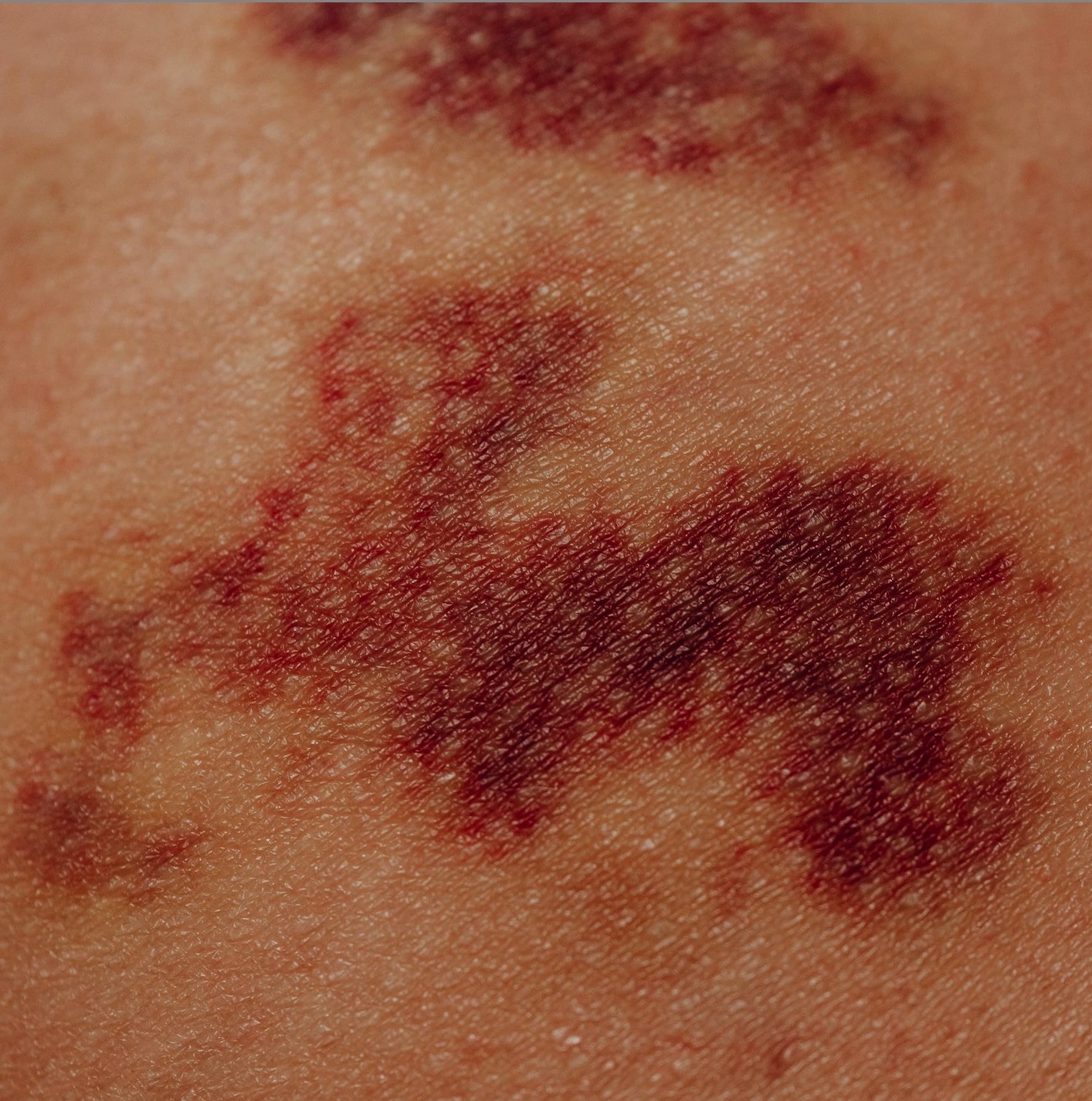The holistic management of peripheral spondyloarthritis: focus on articular involvement in patients with inflammatory bowel disease

All claims expressed in this article are solely those of the authors and do not necessarily represent those of their affiliated organizations, or those of the publisher, the editors and the reviewers. Any product that may be evaluated in this article or claim that may be made by its manufacturer is not guaranteed or endorsed by the publisher.
Authors
Objective. To provide a comprehensive overview of peripheral spondyloarthritis (pSpA), focusing specifically on its occurrence and management in patients with inflammatory bowel disease (IBD).
Methods. An exhaustive literature search was conducted in PubMed, Embase, Cochrane Database of Systematic Reviews, and Google Scholar to identify relevant studies on pSpA in IBD patients. Titles, abstracts, and full-text articles were screened for relevance. Data on study design, patient characteristics, diagnostic criteria, main findings, and conclusions were extracted from selected articles. Study quality was assessed using appropriate checklists. Information was synthesized narratively to summarize current understanding.
Results. pSpA is the most common extraintestinal manifestation of IBD, with a median prevalence of 16%. It worsens quality of life and requires collaboration between gastroenterologists and rheumatologists for optimal diagnosis and treatment. Several “red flags” guide appropriate specialist referral of IBD patients with suspected pSpA. Once the diagnosis is confirmed, the choice of therapy depends on IBD phenotype and patterns of articular/axial involvement. Anti-tumor necrosis factor (TNF) drugs are first-line biologics, with interleukin (IL)-12/23 and IL-23 inhibitors as alternatives for anti-TNF failure. Small molecules like apremilast and Janus kinase inhibitors also have utility. Recommended treatment algorithms exist, but more randomized controlled trials are needed.
Conclusions. Early identification of pSpA is crucial in IBD patients to enable timely intervention, prevent structural damage, and minimize disability. A multidisciplinary, holistic approach addressing musculoskeletal and extra-musculoskeletal manifestations is key to optimal patient outcomes.
How to Cite

This work is licensed under a Creative Commons Attribution-NonCommercial 4.0 International License.
PAGEPress has chosen to apply the Creative Commons Attribution NonCommercial 4.0 International License (CC BY-NC 4.0) to all manuscripts to be published.












